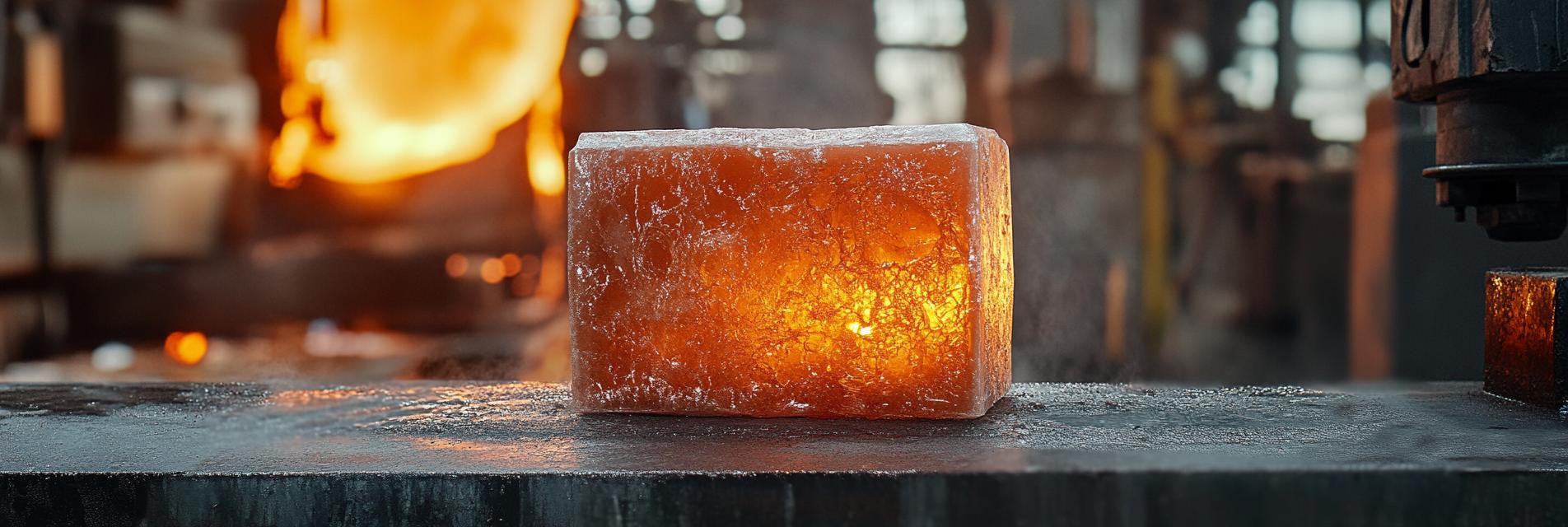Welcome, dear readers! Today, we’re diving into the fascinating world of high-temperature stable cast β-alumina blocks—yes, you heard that right! Who knew ceramics could be this exciting? With their unique properties, these materials are not just for show; they are meeting the demanding needs of the glass industry.
Before we get too deep into the nitty-gritty, let’s clarify what β-alumina is. This magical compound boasts exceptional thermal stability and resistance to high temperatures—key features that make it invaluable in glass manufacturing. You could say it’s the superhero of the ceramic world, cape and all! 🦸♂️
In the glass industry, the temperature often skyrockets to extreme levels, and materials need to withstand these conditions without breaking a sweat. High-temperature stable cast β-alumina blocks do just that! They’re designed to endure intense heat without compromising their structural integrity. Think of them as the cool cucumbers of the material world, keeping their composure even when the temperatures rise! 🥒
It’s not just about being sturdy; these blocks also enhance thermal performance. They effectively reduce heat loss, which translates to better energy efficiency in glass production. This nifty feature not only saves money but also contributes to a greener planet. Who knew being hot could be this eco-friendly? 🌍

In summary, high-temperature stable cast β-alumina blocks are not just a trend; they represent a significant advancement in the glass industry. With their capacity to handle extreme conditions while improving efficiency, these ceramic powerhouses meet the demands of modern glass manufacturing head-on. So, the next time you see a beautiful glass product, remember the unsung heroes behind the scenes—β-alumina blocks, making it all happen! 🎉

